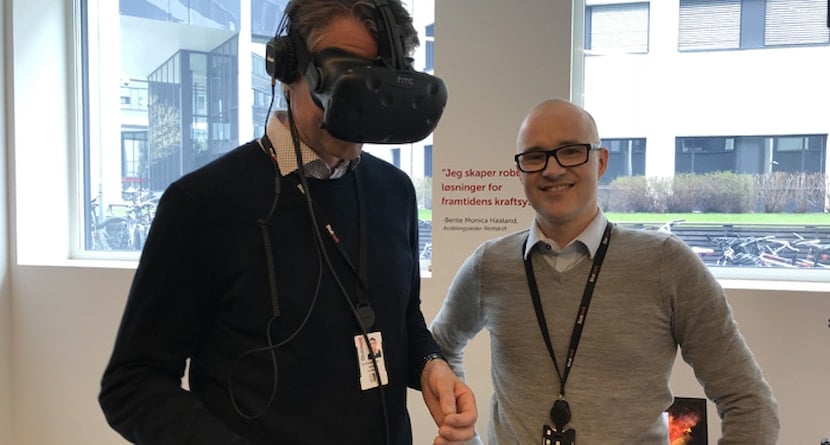Two years ago, contractors working for Statnett were involved in two fatal accidents. Statnett had already noticed that its occupational health and safety (HSE) figures were not improving at the same rate as before. “We had to change the way we did things,” says Statnett’s SVP HSE Per Øyan.
One of those changes was the development of nine ‘life-saving rules’. These are the most important rules that everyone in the company must know and abide by to reduce the risk of workplace injury. The rules reflect Statnett’s own risk picture and most common HSE issues.
Realistic simulation boosts learning
“But rules don’t help much if people don’t remember them,” says Øyan. “That’s the problem we’re addressing now. We plan to allow our personnel to experience life-threatening situations in a simulator that triggers multiple senses, while they remain standing – literally – in the safety of their living room. In this way, we will achieve a much more effective learning process and a safer workplace day to day. At the same time, we believe that we can meet the needs of our young employees in a new and better way through this learning platform.”
The plan is for everyone who is going to work at one of Statnett’s installations to take this training course. VR simulators will be set up at field sites and offices, so that employees can practise recognising hazardous situations and handling them in the correct way.
Rapid expansion reinforces the need for training
“We are extending the power transmission network faster than ever before,” Øyan explains. “That means many working hours spent up pylons or at our various field sites. Last year, we installed more than 230 km of power lines. Over 2.6 million working hours were spent on construction work and almost 2 million working hours were spent operating and maintaining our installations. It is therefore important for us to reduce any inherent HSE risks. At the same time, we are a technology company, and both development and digitalisation are high on our agenda. As such, we are keen to use technology in new ways.”
Getting everyone home safe
Initial feedback from those who have tried out the VR headsets has been extremely positive. Some have even said that it has suddenly made HSE fun. Confidence that this will also have an impact on actual HSE performance remains strong. “We want everyone to get home safely after a satisfying and productive day’s work,” says Øyan. “That is a responsibility we take very seriously, both as an employer and a client. I expect that this training scheme will get our HSE performance figures moving in the right direction again.”
The training programme has been developed in conjunction with the company Hyper Interaktiv AS.

